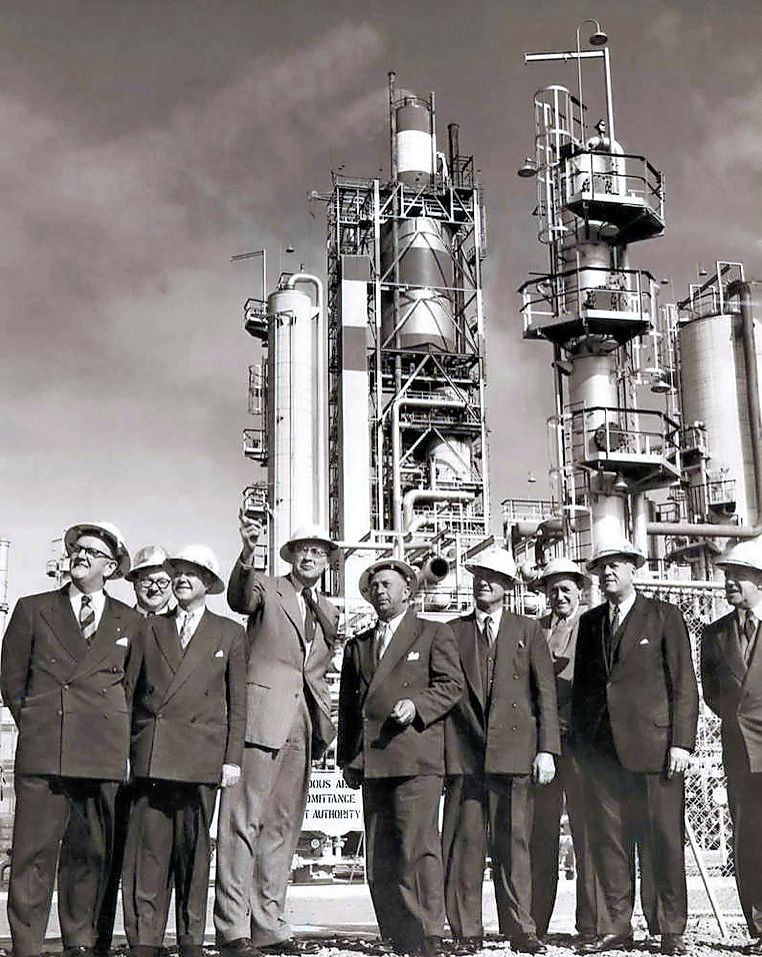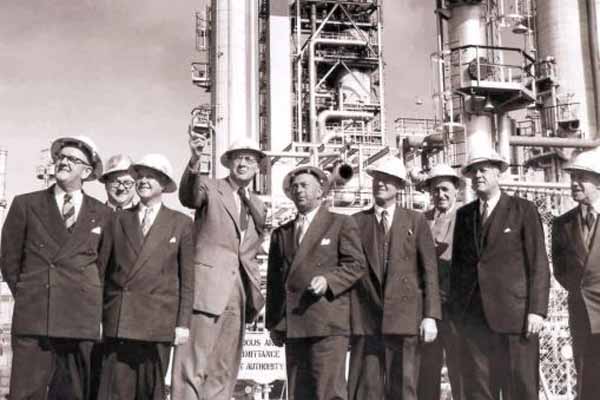Hobsons Bay council has voted to remove heritage protection from Mobil’s Altona refinery, which paves the way for the downing of a 76-metre catalytic cracking unit that was once the tallest structure in Melbourne.
The refinery was used to produce lubricants and bitumen from 1949, and became one of Australia’s main petroleum fuel plants in 1954.
The Altona refinery expansion project, including the installation of the “cracker”, involved 2200 workers, cost 20 million pounds, took 22 months to complete and was opened by Prime Minister Robert Menzies in 1955.
The council last week voted to ask the state planning minister to amend its planning scheme to remove a heritage overlay on the site.
The overlay meant Mobil had to apply for a planning permit for all buildings and works, including demolition and new buildings, even routine maintenance and repairs.
When the heritage overlay was introduced in 2003, its aim was to identify circumstances that didn’t require a permit. However, this never happened.
Mobil spokeswoman Melanie Saliba said removal of the overlay would cut red tape.
“The heritage overlay currently adds an administrative burden to both Mobil and Hobsons Bay council,” she said.
“Mobil … has an ongoing program of works to demolish and remove redundant buildings and infrastructure on site.
“The refinery’s thermofor catalytic cracker, which operated from 1955 to 1997, is likely to be considered as part of this program of works sometime in the future.”
An industrial heritage consultant will document the history of the refinery site.









